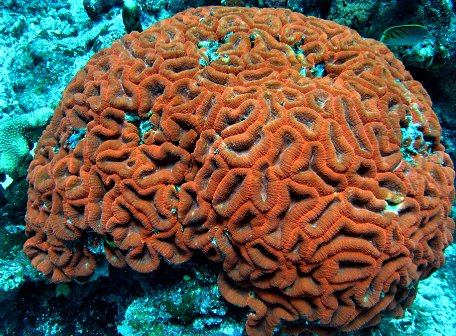Metachromatic leukodystrophy is a genetic brain disease. The exciting thing in the report below is that just using GMO stem cells (viral carrier for the corrected gene) to correct the bone marrow DNA was enough to arrest the disease, at least as far as was reported--the treatment is too new to report long term results.
The (potentially) cured patients would be GMO people, but be all the healthier for that.
Science DOI: 10.1126/science.1233158- RESEARCH ARTICLE
Lentiviral Hematopoietic Stem Cell Gene Therapy Benefits Metachromatic Leukodystrophy
- Alessandra Biffi1,2,3,*,§,
- Eugenio Montini1,*,
- Laura Lorioli1,2,3,4,
- Martina Cesani1,
- Francesca Fumagalli2,4,5,
- Tiziana Plati1,
- Cristina Baldoli6,
- Sabata Martino7,
- Andrea Calabria1,
- Sabrina Canale2,
- Fabrizio Benedicenti1,
- Giuliana Vallanti8,
- Luca Biasco1,
- Simone Leo9,
- Nabil Kabbara10,
- Gianluigi Zanetti9,
- William B. Rizzo11,
- Nalini A. L. Mehta12,
- Maria Pia Cicalese2,3,
- Miriam Casiraghi2,
- Jaap J. Boelens13,
- Ubaldo Del Carro5,
- David J. Dow12,
- Manfred Schmidt14,
- Andrea Assanelli3,15,
- Victor Neduva12,
- Clelia Di Serio4,
- Elia Stupka16,
- Jason Gardner17,
- Christof von Kalle14,
- Claudio Bordignon4,8,
- Fabio Ciceri3,15,
- Attilio Rovelli18,
- Maria Grazia Roncarolo1,2,3,4,
- Alessandro Aiuti1,2,3,19,
- Maria Sessa2,5,
- Luigi Naldini1,4,§
+Author Affiliations
- ↵§To whom correspondence should be addressed. E-mail: biffi.alessandra@hsr.it (A.B.); naldini.luigi@hsr.it (L.N.)
- ↵* These authors contributed equally to this work.
Metachromatic leukodystrophy (MLD) is an inherited lysosomal storage disease caused by arylsulfatase A (ARSA) deficiency. Patients with MLD exhibit progressive motor and cognitive impairment and die within few years of symptom onset. We used a lentiviral vector to transfer a functional ARSA gene into hematopoietic stem cells (HSCs) from three presymptomatic patients who showed genetic, biochemical, and neurophysiological evidence of late infantile MLD. After reinfusion of the gene-corrected HSCs, the patients showed extensive and stable ARSA gene replacement, which led to high enzyme expression throughout hematopoietic lineages and in cerebrospinal fluid. Analyses of vector integrations revealed no evidence of aberrant clonal behavior. Notably, the disease did not manifest or progress in the three patients 7 to 21 months beyond the predicted age of symptom onset. These findings indicate that extensive genetic engineering of human hematopoiesis can be achieved with lentiviral vectors and that this approach may offer therapeutic benefit for MLD patients.





No comments:
Post a Comment